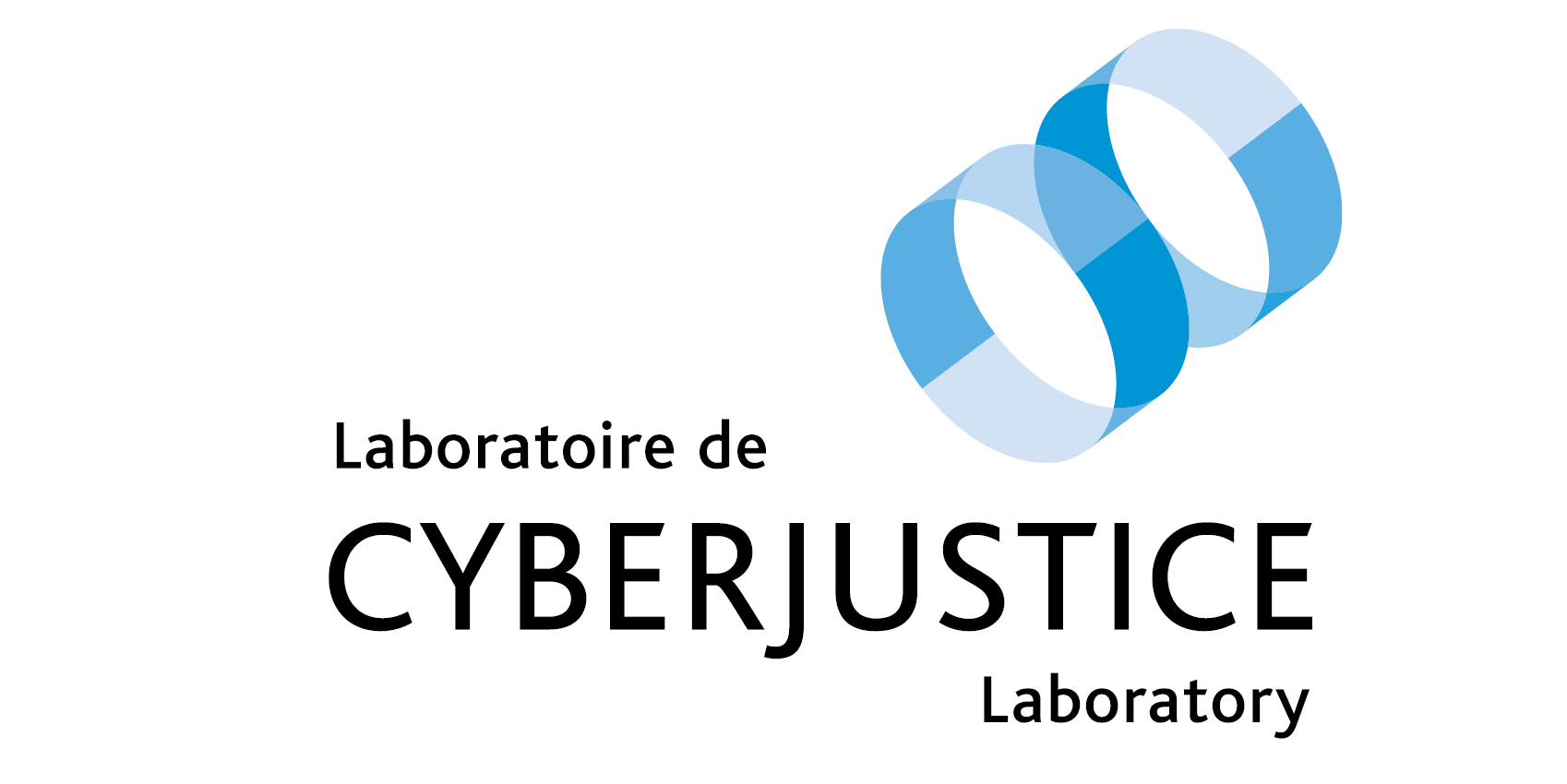A Tale of Cyberjustice: A Modern Approach to Technology in the Canadian Justice System
Cyberjustice Laboratory, A Tale of Cyberjustice: A Modern Approach to Technology in the Canadian Justice System, 2019, Montréal, Quadriscan, 138 pages.
Contenu intégral (PDF) 
The broadening of the Internet to the general public and to commercial initiatives has made original experiments possible, including those in online dispute resolution (ODR), which have deeply changed our ways of doing things and how we see the world. The justice system has not evolved very much since the nineteenth century, when many rituals and practices were enshrined in our judicial institutions. They still shape those institutions and we should not reject them on the basis of poorly understood modernity. They have met and still meet many of the needs of justice system stakeholders, including litigants and defendants. Finality of judgment is a principle that derives part of its efficiency from those rituals and practices, but information and communications technologies (ICTs) provide us with a fresh way of seeing them, along with the justice system as a whole, challenging us to question the object, nature, usefulness, purpose, cause and consequences of those artefacts. This is, in particular, what the researchers devoted themselves to in the Towards Cyberjustice project, which was funded by the Social Sciences and Humanities Research Council of Canada. Over a seven-year period (2011–2018), the Towards Cyberjustice team engaged in the detailed study of different experiments in computerization and networking of justice systems that have been carried out in Canada, the United States, Europe and elsewhere in the world. It examined the many rituals, practices and procedural and evidentiary requirements that can be obstacles to modernizing courts. It also performed simulations of software applications developed by the Cyberjustice Laboratory information technology team to ensure that socio-legal considerations were being taken into account. Substantial added value flowed from the Towards Cyberjustice team’s cross-fertilization of the techno-legal and socio-legal dimensions of computerizing and networking the justice system. In particular, the team’s work made it possible to design and develop software tools specifically for the justice system instead of adapting commercial software intended for other purposes (for example, client management).
Ce contenu a été mis à jour le 5 mars 2020 à 10 h 55 min.
